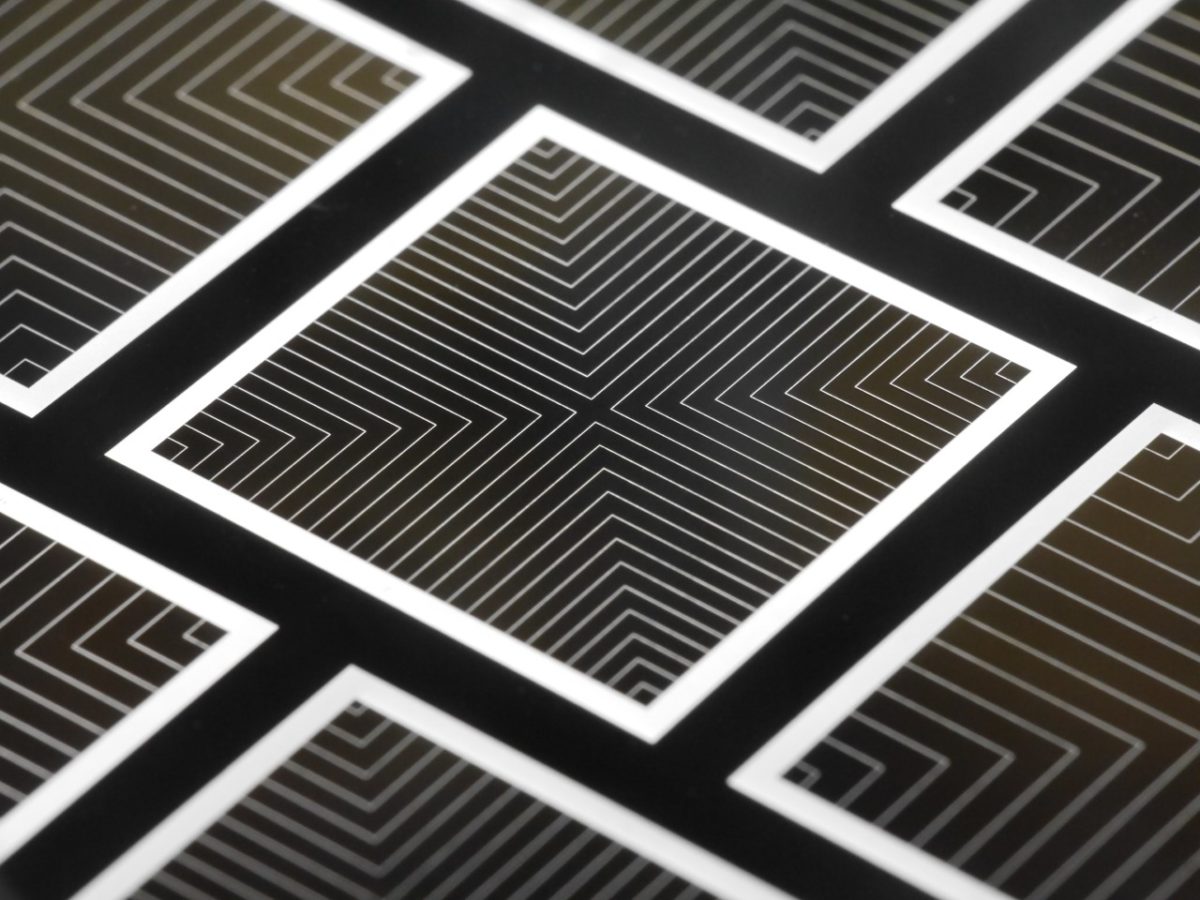Researchers at Germany's Fraunhofer Institute for Solar Energy Systems (ISE) have demonstrated a p-type back junction (BJ) front/back‐contacted (FBC) crystalline silicon solar cell with a power conversion efficiency of 26.0% and a fill factor (FF) of 84.3%.
Presented in the study Design rules for high-efficiency both-sides-contacted silicon solar cells with balanced charge carrier transport and recombination losses, recently published in nature energy, the device demonstrates the high performance of the reported back junction solar cell design with a full-area p-n-junction at the back surface, according to the scientists. “Currently, we are working on commercial production technologies to realize such cells at low cost,” research co-author, Armin Richter, told pv magazine.
The cell was built with a full-area passivating contact based on Fraunhofer ISE's TOPCon technology at the back surface and a highly transparent front surface based on dielectric passivation layers. Compared to conventional industrial cells with a front side p–n junction, the cell features a p–n junction at the back surface in the form of a full-area polycrystalline silicon-based passivating contact.
“The very high FF (84.3%) of this cell, achieved without any full-area conductive layers at the front surface, proves the very effective charge carrier transport in the c-Si bulk to the local front-side contacts,” the paper notes. The cell also showed open-circuit voltage values of up to 732 mV.
The BJ approach, the researchers went on to say, was key to avoid the use of a conductive front surface layer. On the other hand, they also explained, the lateral current transport to the local front contacts is ensured by the crystalline silicon wafer, as it is a majority carrier transport with its inherent high conductivity.
The German group conducted a power-loss analysis which highlighted that the cell is able to balance electron and hole transport losses as well as transport and recombination losses, and concluded that the device exhibited some of the highest performance figures reported for FBC c-Si solar cells to date. “This study demonstrates the potential of these BJ solar cells as a candidate for future c-Si solar cells with efficiencies in the range of 27%, which are expected to play an important role in the next decade,” the researchers stated.
This content is protected by copyright and may not be reused. If you want to cooperate with us and would like to reuse some of our content, please contact: editors@pv-magazine.com.




1 comment
By submitting this form you agree to pv magazine using your data for the purposes of publishing your comment.
Your personal data will only be disclosed or otherwise transmitted to third parties for the purposes of spam filtering or if this is necessary for technical maintenance of the website. Any other transfer to third parties will not take place unless this is justified on the basis of applicable data protection regulations or if pv magazine is legally obliged to do so.
You may revoke this consent at any time with effect for the future, in which case your personal data will be deleted immediately. Otherwise, your data will be deleted if pv magazine has processed your request or the purpose of data storage is fulfilled.
Further information on data privacy can be found in our Data Protection Policy.